We are agreed - if you have a copy of Multihulls World in your hands, monohulls which heel in the first gust are not your thing. And you are right! It remains that although the choice has been made, it is not fixed...because, like 95% of cruising multihull fans, you are certainly thinking of a catamaran. We admit that the major part of the production is two hulls capped with an XXL nacelle – and that works very well. But other boats exist! We are not going discuss the proas here, which despite their great speed potential are not available on the market, apart from a few former glories from the ocean racing world, dear to the Golden Oldies... It’s therefore the trimarans which interest us. Ready to count the points with us? Let’s launch the trimaran v catamaran match!
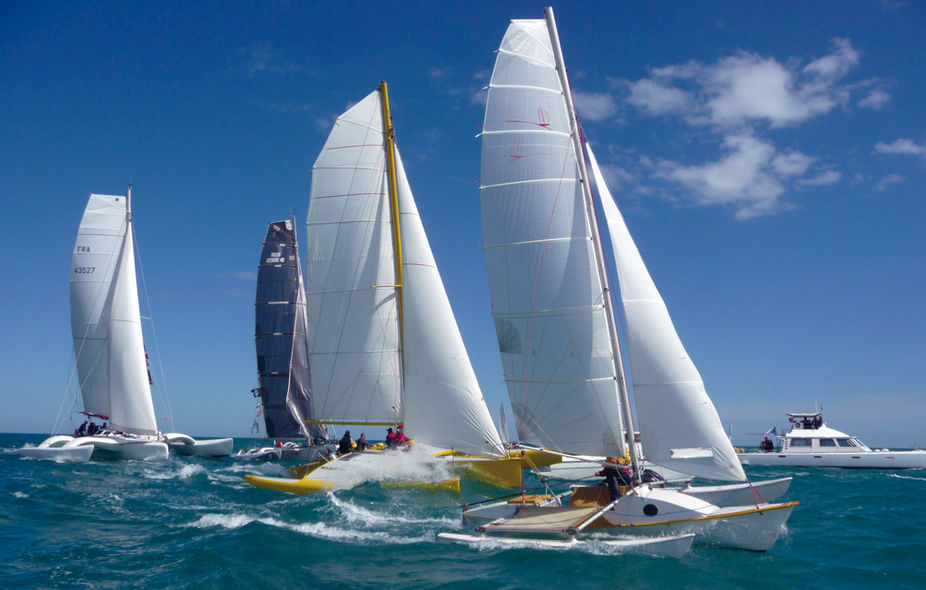
Tri or cat? Whether racing or cruising, the question is justifiable…
Comfort aboard
Let’s start straight away where it hurts the most... Catamarans, with their big nacelles, offer a particularly convivial living area, which includes a large saloon, a navigation area and a well-ventilated galley, thanks to its opening into the cockpit...of course here we are taking the most appealing configuration, but one which in reality is the also the most frequent. The advantages are therefore numerous: large volume, panoramic view, optimal stowage capacity, fluid movement, even when the cook or the navigator (or even both of them) is busy. Even aboard a (relatively) small boat such as the enduring Lagoon 380, the comfort is surprising; it is possible for a total of two couples and four children to live together. Faced with this, the trimaran is a sorry sight... Firstly because its floats are empty – at best they contain a stowage volume in their central part. Then because its central hull, even with the aid of a longitudinal step, will not be any better than a monohull. Result: the saloon is narrow and often cluttered with a centerboard case, stowage is reduced to 'just enough', the galley, supported by the side of the boat, as well as the chart table, hinder movement around the boat... And what can we say about the cabins? They nestle in the ends of the boat, whilst the cat distributes them around the four corners of its hulls, thus preserving absolute privacy. There are nevertheless a few exceptions: the former racing trimarans designed by Walter Greene or Dick Newick – here we are thinking about Moxie or Aile Bleue – whose wing shaped arms can house a double berth. A special mention also for the Corsairs; whose models of 28 feet and over fit in an aft cabin which is well isolated from the rest of the accommodation. And the Neels – the 50 and the 45 – have recently broken all the rules: they also have a large nacelle which covers most of the deck, just like the catamarans. However these models (with the notable exception of the Neel), which are very attractive on paper, are much more expensive for the same size – and services – as a production catamaran.
Cat: 1
Tri: 0
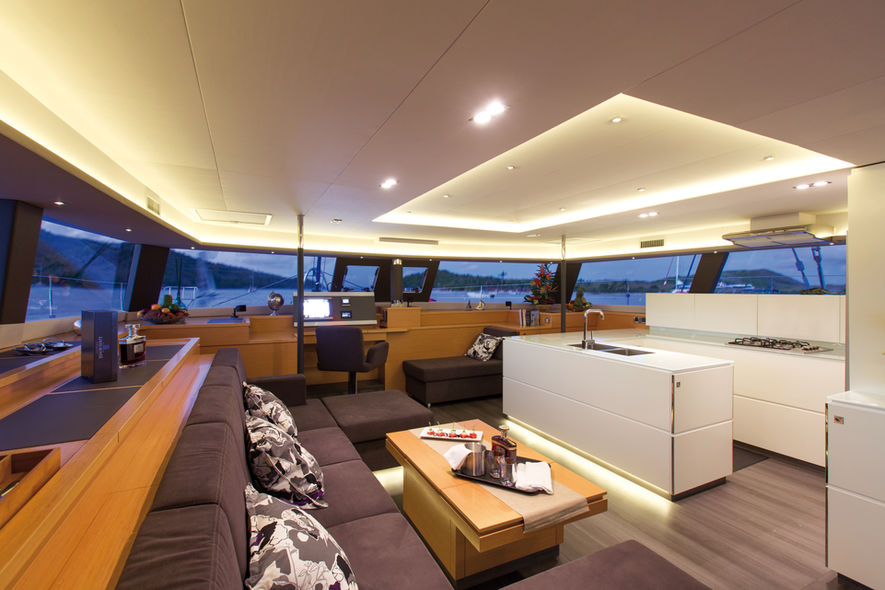
 Vote for your favorite multihulls!
Vote for your favorite multihulls! 
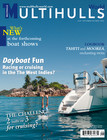

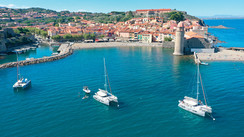
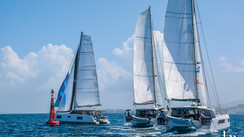
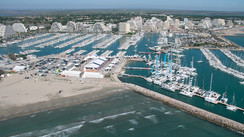
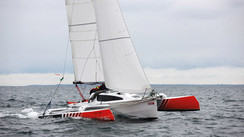
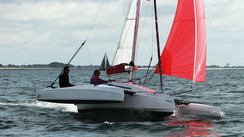
What readers think
Post a comment
No comments to show.